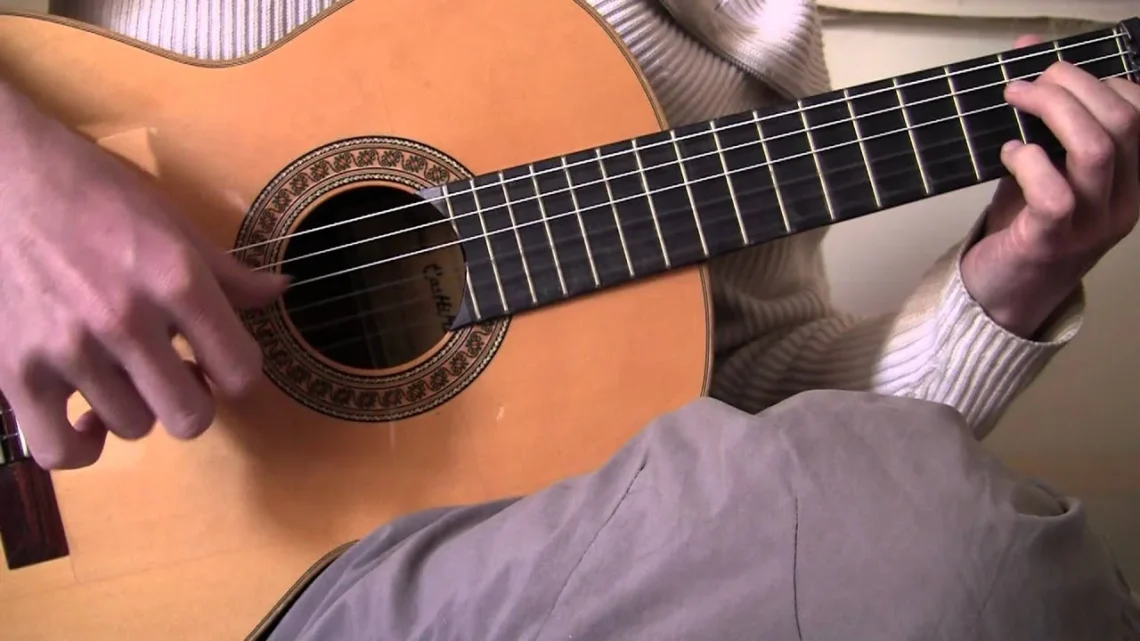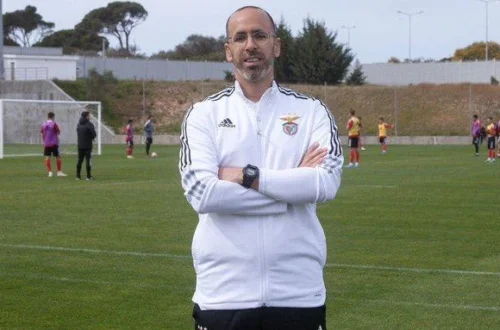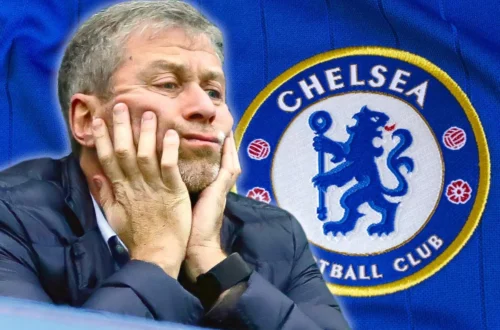1. What is Soleás?
Soleás (also known in plural as soleares) refers to one of the most fundamental flamenco palos—that is, one of the key styles of Flamenco singing, guitar, and dance. It is often described as the “mother of palos” because many other flamenco styles derive from it or use its rhythmic structure.
In essence, Soleás is a form that combines deep emotional expression, rich rhythmic intensity, and distinctive musical structures within Flamenco.
Where does it come from? It is generally believed that Soleá originated among the Calé (Gypsy) communities of Andalusia — especially around Cádiz and Seville in southern Spain. From the word alone — likely derived from soledad (solitude) or sol (sun) — we begin to understand the emotional weight and artistic potency behind the style.
In practical terms, if one wishes to access the soul of serious, deep-ground flamenco — music of longing, sorrow, introspection — one often begins with the Soleá. The tempo is slower than some more festive palos (such as bulerías), the mood more solemn, the virtuosity and emotional delivery exceptionally demanding.
2. Historical Origins and Cultural Context
Origins and Name
The exact origin of Soleás remains somewhat shrouded in the oral traditions of Andalusia. What scholars agree upon is that Soleá rose to prominence during the 19th century and in the cafés cantantes (flamenco venues) of the time.
According to some musicologists, the name might derive from soledad (Spanish for solitude) because of its serious, introspective character. Alternatively, others link the term to sol (sun) or soler(a) (meaning “series” or “tradition”).
Social and Cultural Roots
Soleá emerged in an environment of social marginalization, among Andalusian Gypsy communities who expressed their feelings of exile, loneliness, love, suffering and identity through art. The style reflects the cultural fusion of Andalusian folk, Romani traditions, Moorish influence, and Spanish popular song forms — all of which come together in the emotional intensity of flamenco.
At its roots, Soleá is not meant for light entertainment—it is part of the cante jondo (“deep song”) tradition of flamenco, intended to convey profound emotional states rather than merely provide celebratory dancing.
Timeline and Development
-
Mid- to Late-1800s: Scholars note that the “soledades” or early forms of Soleá appear in Andalusian folk songs and jaleos (festive song/dance) settings.
-
Early 20th century: Soleás becomes established in the flamenco repertory as an independent “palo” and not simply as an accompaniment form.
-
Mid to late 20th century: Under artists such as Antonio Mairena, Soleá is emphasized as a pure flamenco style, reclaimed and preserved as part of the tradition.
Thus, the style has both ancient roots and a clear trajectory of being formalized in the flamenco canon.
3. Musical Structure – Compás, Mode & Harmony
Understanding Soleá musically involves grasping several core concepts: compás (rhythm cycle), mode (often Phrygian), and harmonic progression.
Compás of Soleás
The compás of Soleás is a 12-beat cycle with accents typically on beats 3, 6, 8, 10 and 12. A way to feel it:
1 – 2 – 3 – 4 – 5 – 6 – 7 – 8 – 9 – 10 – 11 – 12
Other frameworks interpret the cycle as 3+3+2+2+2 beats or two bars of 3/4 followed by three bars of 2/4.
This asymmetric accenting gives Soleá its driving yet solemn forward motion — the tension builds on the early beats and resolves towards the end of the cycle. It’s this subtle rhythmic layering that distinguishes Soleá from rhythmic forms that feel more even.
Mode & Harmonic Characteristics
Soleás is typically played in the Phrygian mode, often in the key of E (E Phrygian) or A (A Phrygian) when adapted via capo. The characteristic Flamenco cadence often manifests as iv–III–II–I in Phrygian (for instance, Am–G–F–E in E Phrygian context).
Guitarists often use a capo (cejilla) to transpose while preserving traditional positions. The harmony is rich with tension and resolve — frequently the major third is used in the final resolution to create that flamenco flavour of “release”.
Tempo and Expressive Rubato
The tempo of Soleá is moderate to slow, typically around 50-110 bpm, giving time for the singer’s ornamentation, guitar falsetas, and dancer expression. Because of its expressive nature, performers often incorporate rubato — online discussions show how even learners struggle with the tempo because it shifts and breathes organically.
Form and Melodic Outline
Soleá verses (letras) often use three-line or four-line stanzas (often octosyllabic). These are sung line by line, sometimes repeated, with falsetas (guitar interludes) between verses. The melodic range is modest (often within a fifth), but the focus is on microtonal inflections, melisma, and dynamic variation. Thus, the musical architecture of Soleá is complex: rhythmic asymmetry, modal harmony, expressive vocal style and a performance structure that allows for improvisation within tradition.
4. Lyrics & Emotional Content of Soleás
Thematic Essence
Soleá’s lyrics frequently express longing, solitude, sorrow, existential reflection, love lost, betrayal — deeply emotional terrain. The word soledad (loneliness) is often associated with the mood. The tone is serious, rather than playful or festive — aligning it with the cante jondo tradition.
Verse Structure & Rhyming
-
Three-line stanza: Often rhyme between first and third lines (A-B-A).
-
Four-line stanza: Often A-B-C-B or other variations.
For example:
“Cuando la miras por dentro
¡Qué amarga es la soledad!
Tú sabes de dónde viene
Pero no sé cuándo se irá.”
This shows the four-line rhyme pattern and emotional intensity.
Vocal Delivery & Emotional Nuance
Soleá requires the singer to balance restraint and eruption — beginning in a lower register, perhaps more contained, then gradually moving to more intense ornamentation, higher register, crescendo of emotion. The vocal technique demands agility and micro-tonal sensitivity. The lyrics are often deeply personal, yet rooted in communal tradition.
Body Language in Dance
When executed by a dancer (bailaor/a), the lyric’s meaning is expressed through body posture, arm movements, footwork (zapateado), and facial expression. The dance for Soleá is slower, with strong poses and dramatic gestures — perfect for conveying introspection and depth. In total, the lyrics and emotional content of Soleá combine to create a powerful artistic statement — one of solitude, soul, depth, and tradition.
5. Role of the Guitar, Singer and Dancer in Soleás
Soleás is a tripartite art form — involving the cante (singing), toque (guitar playing), and baile (dance). Each interacts symbiotically.
The Guitar
The guitar provides the compás, harmonic support and melodic flourishes (falsetas). Key features include:
-
Llamadas: signature phrases played by guitar to signal singer or dancer transitions.
-
Falsetas: melodic interludes by the guitar between verses.
-
The guitar must maintain the compás and provide subtle dynamics—especially as the singer emits microtonal ornamentation.
Iconic guitarists such as Paco de Lucía, Sabicas, Rafael Riqueni have all featured Soleá in their repertoires.
The Singer (Cantaor/a)
The singer interprets the letra, uses ornamentation, and controls the emotional arc. In Soleá, the singer must show both technical mastery and authentic emotional delivery. The challenge is to remain within the stylistic framework (tone, rhythm) but also make it personal.
The Dancer (Bailaor/a)
While sometimes Soleás is performed only for singing and guitar, when danced the baílaor/a uses the slower tempo to emphasise gravitas and drama. The dancer’s movement is measured: strong footwork, pauses, body posture, interplay with the moment of the letra and guitar falsetas.
The Interaction
In performance, the three elements feed each other: the compás keeps time, the guitar signals the next entrada, the singer delivers the verse, the dancer expresses the feeling. Respect for tradition is essential, but each artist brings personality. This dynamic interplay is part of what gives Soleá its intense presence.
Thus, understanding Soleá means appreciating how guitar, voice and dance merge into a seamless expression of the palo.
6. Regional Variations and Styles of Soleás
While the form remains recognisably Soleás, there are regional “schools” (escuelas) and variations, each with characteristic flavour.
Some notable regional styles
-
Soleás de Alcalá (from Alcalá de Guadaíra): Known for its more reserved beginning verses, low register, clear melodic shape.
-
Soleá de Cádiz: More ornamentation, sometimes more flamboyant — reflecting the Cádiz Gypsy tradition.
-
Soleá de Triana: From Seville’s Triana district, often emphasises strong footwork in dance and expressive guitar.
-
Soleá por Bulerías: A hybrid form that speeds up Soleá rhythm into a Bulerías style, blending solemness with festivity.
Why the differences?
The differences arise from local Gypsy traditions, guitar schools (toque), singers (cante) and dancers (baile). Each community develops its unique “aire” (air/style) even within the structure of a palo.
Why they matter
For students and aficionados, knowing the regional style helps interpret accents, phrasing, compás feel, and performance expectations. A Soleá de Alcalá may feel very different from a Soleá de Cádiz — mood, pace, ornamentation vary.
In short: while Soleá belongs to a stable formal family, there is rich diversity within it — making study and listening deeply rewarding.
7. Soleá’s Influence on Other Flamenco Palos
Soleás is not only an independent palo; it is foundational to other forms. Many palos trace their rhythmic, harmonic or melodic lineage to Soleá.
Examples
-
Bulerías: The playful, fast-paced Bulerías often derive their compás from Soleás — sometimes called soleá por bulerías.
-
Cantiñas family (alegrías, caracoles, romeras): Some scholars say they stem from the Soleá compás or share structural traits.
-
Fusion and modern palos often adapt Soleá rhythms, guitar ideas or lyrical modes.
Why this matters
Because of its foundational status, understanding Soleás offers a key to unlocking the rest of flamenco. It trains the ear, the sense of compás, the emotional palette — making it a “gateway” palo for students and aficionados alike.
Thus, Soleá’s influence permeates Flamenco both historically and practically.
8. Learning, Performing and Appreciating Soleás Today
Tips for Students & Musicians
-
Feel the compás first: Listen to many Soleá recordings, internalise the accent structure (3,6,8,10,12). Don’t rely solely on counting; listen to the “pulse” of the style.
-
Learn guitar falsetas and llamadas: These help you anticipate transitions, understand form and support dance or singing.
-
Study classic recordings: For example, older cante de Alcalá, guitar solos by Sabicas or Paco de Lucía — they showcase tradition and virtuosity.
-
Practice singing or palmas with compás: Whether you are singer, dancer or guitarist, internalising compás is essential.
-
Respect the mood: When dancing or performing Soleás, focus on depth, restraint and expression rather than speed or flash.
Appreciating as an Audience Member
-
Pay attention to moments of resonance — the singer’s melisma, the guitar’s falseta, the dancer’s pause.
-
Recognise that subtlety is part of the appeal: unlike fast palos, Soleá often uses measured tempo, dramatic space and emotional intensity.
-
Recognise regional variations and figure out what school the performance comes from — this deepens your understanding and connection.
Common Challenges
-
Slower tempo can make compás harder to feel (as many learners report).
-
Rubato and interpretative freedom mean performances may deviate from strict pulse, making listening tricky for newcomers.
-
Microtonal ornamentation and subtle guitar technique require focused listening.
Nevertheless, the rewards are significant: mastering or appreciating Soleá gives one a deeper connection to Flamenco’s heart.
9. Contemporary Developments & Fusion of Soleás
While rooted firmly in tradition, Soleás continues to evolve and influence modern music and dance.
Contemporary Interpretations
-
New guitarists and singers experiment with instrumentation, fusion with jazz or world music, or reinterpret Soleá rhythms.
-
Directors and choreographers incorporate Soleá into modern dance works, sometimes blending with contemporary forms. For example, venues like Tablao “La Soleá” in Granada highlight the style for international audiences
Fusion and Innovation
-
Some artists blend Soleá compás with non-traditional instruments, use digital production, or incorporate it into cross‐genre compositions.
-
Educational contexts: flamenco centres worldwide teach Soleá as part of flamenco curricula, enabling global dissemination.
Preservation vs Innovation
A core tension exists: how to preserve the pure form of Soleá while allowing creative evolution. Traditionalists may resist fusion; younger artists may push boundaries.
Why it still matters
Because Soleá embodies the core of flamenco’s emotional and musical identity, its presence in contemporary work ensures that flamenco remains vibrant, relevant and rooted. Understanding how modern artists treat Soleá gives insight into flamenco’s future path.
10. Why Soleá Remains Essential – Its Legacy and Significance
Emotional Depth and Human Resonance
Soleá is often regarded as one of the most emotionally powerful palos in flamenco. Its mood of solitude, reflection and internal struggle resonates equally with performers and audiences.
Technical and Artistic Foundation
For singers, guitarists, and dancers, mastering Soleá is often a milestone, because it demands control, subtlety and authenticity. Many teachers see it as a rite of passage.
Cultural Heritage and Identity
Soleá carries the legacy of Andalusian Gypsy communities, the historical context of marginalised artistry and the richness of flamenco tradition. By preserving and performing Soleá, one connects to a living cultural continuum.
Gateway to Other Styles
As discussed, many palos derive from its structure — so knowledge of Soleá unlocks the rest of flamenco’s repertoire.
Living Tradition
Despite its age, Soleá is not museum-art; it is a living, breathing form still evolving, taught globally, performed in traditional and modern settings.
In sum: Soleá endures because it is beautiful, deep, technically rich, and foundational—the heart of the flamenco tradition.
Conclusion
The Soleás is not merely “another style” of flamenco—it stands at the heart and soul of the art form. From its historic roots in Andalusia’s Gypsy communities to its modern reinvention on stages worldwide, the Soleá carries a weight and a beauty that has endured for generations.
For the student, it demands discipline, feel, rhythm and interpretative heart. For the listener, it offers profound emotional expression, rhythmic intrigue, and musical richness. For the dancer, it offers a stage to embody sorrow, pride, authenticity.
Whether you are just discovering flamenco or seeking to dive into its depths, engaging with the Soleá opens a path to the core of this vibrant art. Its compás, its mode, its lyricism, its performance traditions—they all point to one thing: flamenco’s essence.
To know the Soleá is to know the heart of flamenco.
FAQs
Q1: What is the difference between Soleás and Seguiriyas?
While both are serious flamenco palos and use a 12-beat compás, their accent patterns, harmonic feel, mood and regional identifications differ. Soleás accents typically fall on 3,6,8,10,12, whereas Seguiriyas begins differently (often on beat 8) and has a darker tonal feeling.
Q2: How do I count the compás of Soleá?
A common method: “1-2-3, 4-5-6, 7-8, 9-10, 11-12”. You can also think of groups like 3 + 3 + 2 + 2 + 2 = 12. Listening and internalising beats is important rather than just counting.
Q3: Is Soleá always slow?
Generally yes—it tends to be slow to moderate tempo to allow for expressive singing and dance. But tempo, mood and rubato vary depending on performer, style, region and context.
Q4: Can a beginner dancer or guitarist try Soleás?
Yes—but it’s considered advanced in some ways, because it demands deep rhythm feel, emotional expression and technical control. Beginners should start slowly: listening, clapping compás, practicing palmas, before tackling full performance.
Q5: Why is Soleá called the “mother of palos”?
Because many other flamenco styles trace their rhythmic structure, modal features or melodic gestures to Soleá. Its influence is widespread; mastering it opens doors to understanding the broad spectrum of flamenco.





